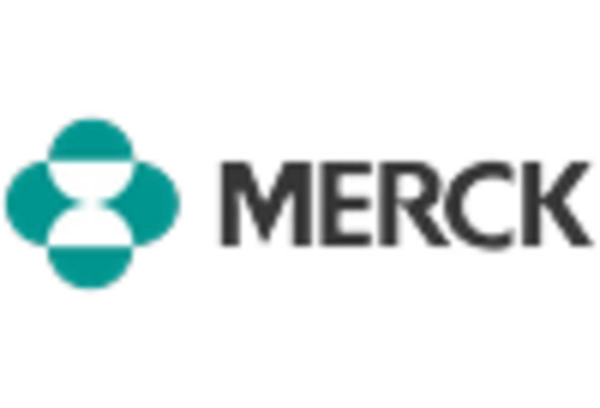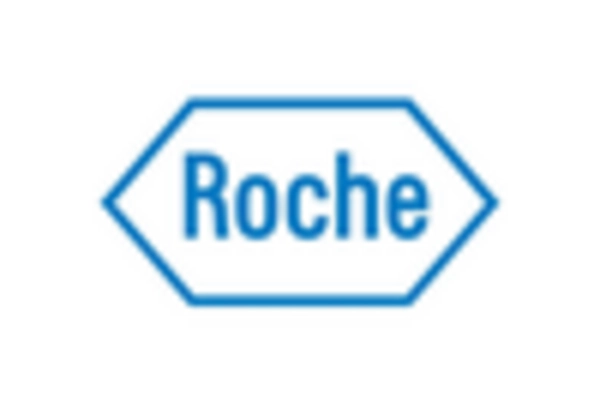Growing Geriatric Population
The aging population is a significant factor contributing to the expansion of the Extended Release Drug Market. Older adults often suffer from multiple chronic conditions, necessitating complex medication regimens. Extended release formulations are particularly beneficial for this demographic, as they simplify dosing schedules and enhance adherence to treatment plans. Data indicates that by 2030, the number of individuals aged 65 and older will reach approximately 1.5 billion, creating a substantial market for medications tailored to their needs. This demographic shift is likely to drive demand for extended release drugs, as healthcare providers seek effective solutions to manage the health of the elderly.
Rising Awareness of Patient-Centric Care
There is a growing emphasis on patient-centric care within the healthcare system, which is influencing the Extended Release Drug Market. Patients are increasingly seeking medications that align with their lifestyles and preferences, including those that minimize the frequency of dosing. Extended release formulations cater to this demand by providing sustained therapeutic effects with fewer doses. This shift towards patient-centered approaches is supported by healthcare providers who recognize the importance of adherence in treatment success. As awareness of the benefits of extended release drugs continues to rise, the market is expected to expand, driven by both patient demand and provider endorsement.
Increasing Prevalence of Chronic Diseases
The rising incidence of chronic diseases such as diabetes, hypertension, and cardiovascular disorders is a primary driver for the Extended Release Drug Market. As these conditions require long-term management, there is a growing demand for medications that provide sustained therapeutic effects. Extended release formulations allow for less frequent dosing, which enhances patient compliance and improves overall treatment outcomes. According to recent data, chronic diseases account for approximately 70% of all deaths, underscoring the urgent need for effective management strategies. This trend is likely to propel the Extended Release Drug Market as pharmaceutical companies focus on developing innovative solutions to meet the needs of this patient population.
Advancements in Drug Delivery Technologies
Technological innovations in drug delivery systems are significantly influencing the Extended Release Drug Market. Recent advancements, such as nanotechnology and polymer-based systems, have enabled the development of more efficient extended release formulations. These technologies enhance the bioavailability and stability of drugs, allowing for more precise control over drug release profiles. As a result, patients benefit from improved therapeutic outcomes and reduced side effects. The market for drug delivery systems is projected to grow substantially, with estimates suggesting a compound annual growth rate of over 10% in the coming years. This growth is likely to stimulate further investment in the Extended Release Drug Market, as companies seek to leverage these advancements.
Regulatory Support for Innovative Drug Formulations
Regulatory bodies are increasingly supportive of innovative drug formulations, which is a crucial driver for the Extended Release Drug Market. Initiatives aimed at expediting the approval process for novel drug delivery systems encourage pharmaceutical companies to invest in research and development. For instance, the FDA has established pathways for the expedited review of drugs that demonstrate significant improvements over existing therapies. This regulatory environment fosters innovation and encourages the development of extended release formulations that can address unmet medical needs. As a result, the Extended Release Drug Market is likely to experience accelerated growth as new products enter the market.


















Leave a Comment